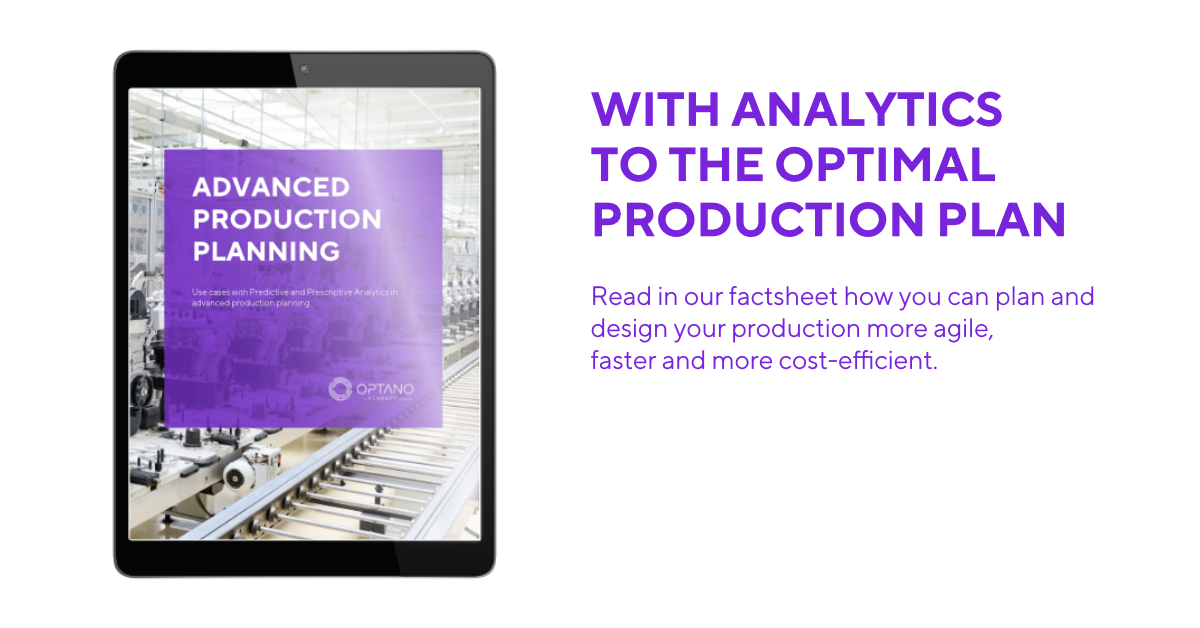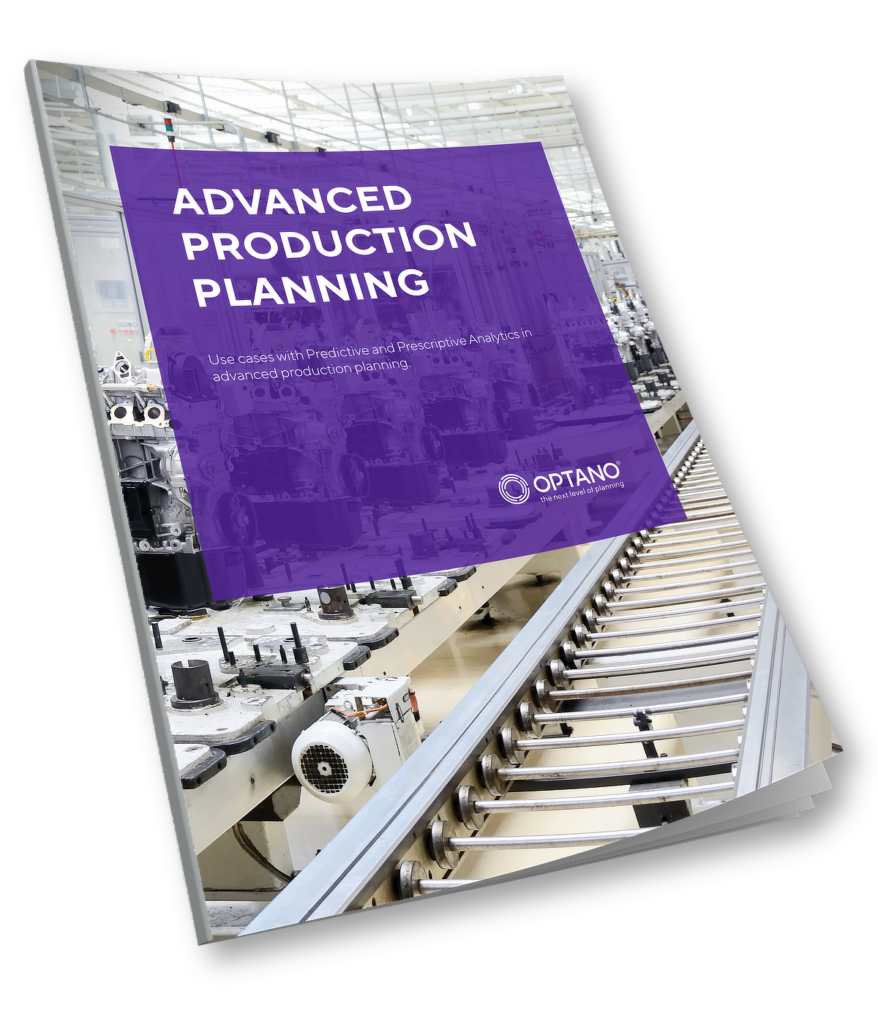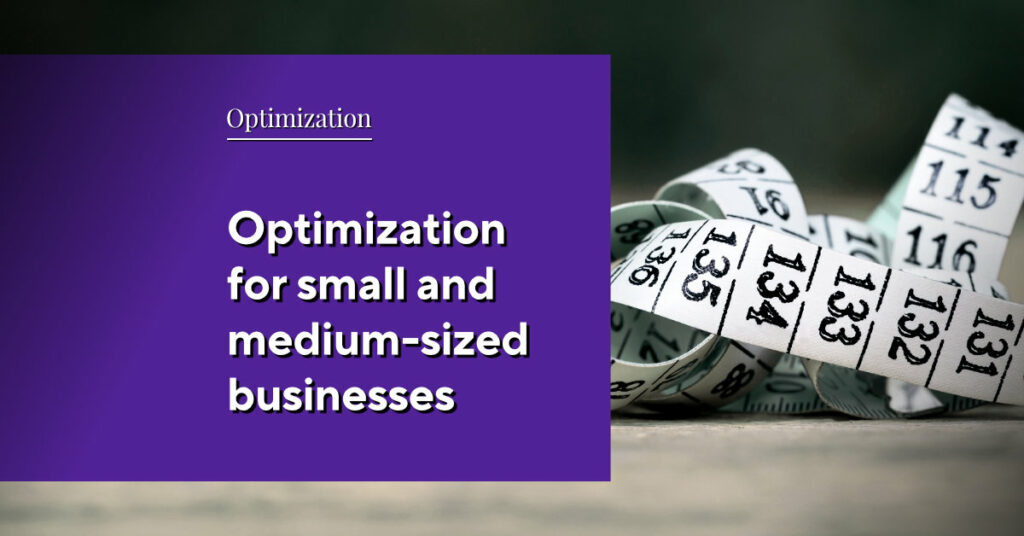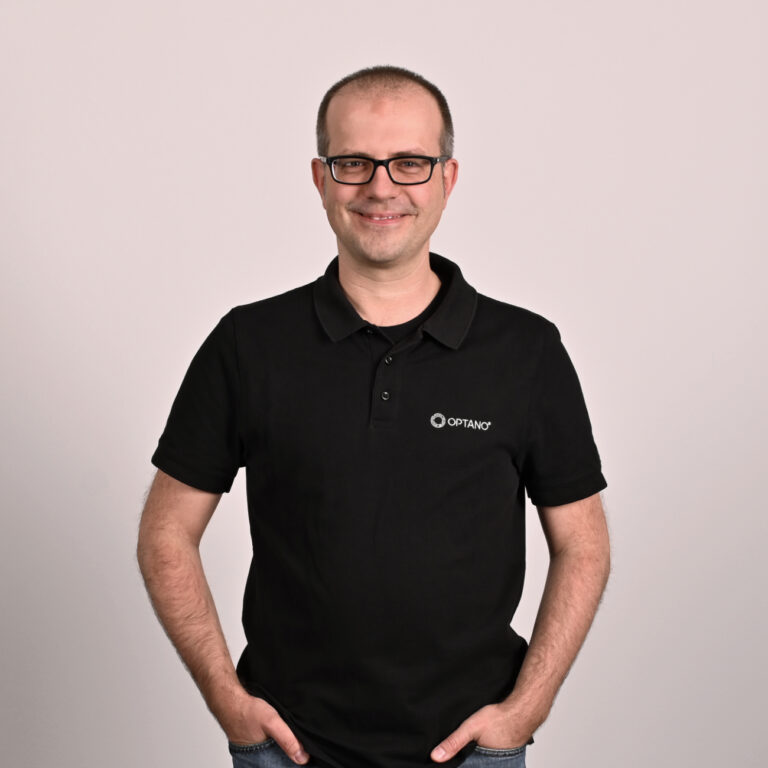Mise en place for
the launch of new
planning software
Mise en place
A French term which is used by professional chefs to refer to organizing and arranging the ingredients and utensils required for the menu that he/she expects to prepare.
If you have ever cooked a meal for a large group of people, then you will know how stressful it can be … something always takes longer than expected and the hungry guests are waiting in the next room. And if you do not have all of the required ingredients and cooking utensils at hand, then a pleasant dinner with friends can soon turn into a semi-catastrophe.
Professional chefs swear by their mise en place – the preparation and arrangement of all the necessary ingredients and utensils which they need to prepare their dishes – and with good reason. This step is considered to be just as important as the actual preparation of the meal itself and should be given attention accordingly.
When it comes to a large project such as launching new software for production planning, the key to its success can also lie in the right preparation. We show you which preparations are necessary and what your mise en place can look like.
It's all about the preparation!
Over the last 13 years we have implemented very many projects and new software was introduced at the end of nearly all of them. This was not just in production planning but also in other areas such as network or supply chain planning. And we have learnt that the right preparation is the first step towards a successful project.
Implementing new software to support production planning is always a major step as it intervenes in the very heart of manufacturing industries: in production. Daring to take this step and make changes to the very core of the company calls for a lot of courage among all involved.
The first step is to realize that new software can be of advantage. As soon as we start thinking about the idea, we can already do a great deal to ensure that its implementation is a fast, successful and transparent project. Or we discover early on that it is not the solution to our requirements.
Production planning is a team sport!
One of our most striking experiences here is this: the importance of involving those who are expected to work with the software cannot be emphasized enough. These people should be brought on board as early as possible to be able to benefit from their practical experience and ideas. They are the ones who really know the ins- and-outs of the issue and any pitfalls that may abound. They are aware of the special circumstances which “outsiders” barely understand and this particular knowledge is crucial for the success of a project.
The earlier users are involved in the planning of the new software, the greater its acceptance will be in the end. Simply presenting a (semi-) finished software often means individual work methods and problems have not been considered and it would take users an unnecessarily long amount of time to become accustomed to it. At worst, it can even result in the employees’ refusal to use the software at all.
Therefore it should be made clear from the onset that launching new software is not intended to be a criticism of the work so far but is there to improve working conditions. The objective of the production planning software is not to change the work method but to support and simplify it.
What are the goals and expectations? And what is realistic?
At first sight the goal of launching production planning software appears evident: to expedite the planning process and/or increase planning quality. However, it is still worth taking a closer look at one or two aspects because it is often not clear where the problems in the planning actually are and whether software can be the solution in this case.
First of all it pays to take a look at the difficulties which have arisen in the planning to date and which are presumably the reason behind making a change. Which areas of planning are particularly time-consuming? Where are the most frequent difficulties? It is in these areas that you can most likely benefit from improvements.
One thing which creates difficulties is bottlenecks in the production process, for instance. These can be machine bottlenecks, or among employees or in raw materials. Dealing with such bottlenecks is a particular challenge in manual
planning and production planning software can handle this more efficiently in most cases – however it cannot eliminate the bottlenecks.
A further area worth looking at is how to deal with planning changes. How often do they occur, how quickly do new plans have to be implemented and for what reason? If errors in the original plan are the reason for necessary changes, a cal-
culated plan can bring great improvements. If external factors are the reason for the changes, planning software can help to provide an alternative plan as fast as possible.
Exactly formulating the aspired goals helps to realistically estimate these on the one hand, on the other it also provides the opportunity to evaluate the functionality of the software based on these goals.
Data, data, data!
The basis of any automated production planning is the wealth of available data. This data has to contain all the relevant information on the materials required, work tools, employee qualifications, stocks, orders, set-up times, scrap, etc. This data must be systematized for it to be used by production planning software.
If you use an ERP system then this data will normally be available already and can be transferred into production planning. Otherwise the data must be revised during the course of the project to implement the production planning software.
There may also be important restrictions which are not already contained in ERP but are instead solely in an employee’s head, in other words his own specialist knowledge. The more complete and correct the data at the start of a project is, the easier it is to use it.
More interesting articles
Making the right choice is crucial!
Once you have taken all of these production planning details into consideration, you may establish that your requirements and the anticipated improvements do not justify launching entirely new software in your company. Maybe your ERP already contains a planning feature which is wholly sufficient for your purposes.
However, should your requirements be more complex and more individual, a specific software can offer many advantages.
Based on the work you have prepared in advance you can then ask providers to submit you a customized offer which meets your requirements but doesn’t use a sledgehammer to crack a nut.
OPTANO supports you every step of the way!
Thanks to our proven experience in implementing optimization software, we can accompany you every step of the way – from mise en place and preparation right up to serving.
Our agile project management ensures that all (and we really do mean all) those involved have a say in the development as early as possible as this is important to us.
First of all we conduct a study of the data and together we define the right goals and KPIs. On this basis we create a study to help determine whether it makes sense to introduce software based on mathematical optimization (even if this means that this software need not be used, as proven in our most recent success story).
Together with you and your employees we guide the project towards a fully functional software for production planning and support you in launching it successfully in your company.
Well prepared for a successful project
Good mise en place helps the chef to prepare his menu quickly and with as little stress as possible. The right preparation also makes launching production planning software a lot easier and more efficient. Our team uses its experience to help you here every step of the way – contact us to learn more!
Have you got your copy of our factsheet on this topic yet?

In our factsheet Advanced Production Planning we present some of the use cases of Predictive and Prescriptive Analytics in modern production planning which you can download here.
To obtain our factsheet, all you need to do is enter your contact details in the space below. A pop-up window will then open to download the whitepaper. Please note that by providing us with your email address, you agree that we may contact you on this topic. You may revoke this agreement at any time by contacting [email protected].








